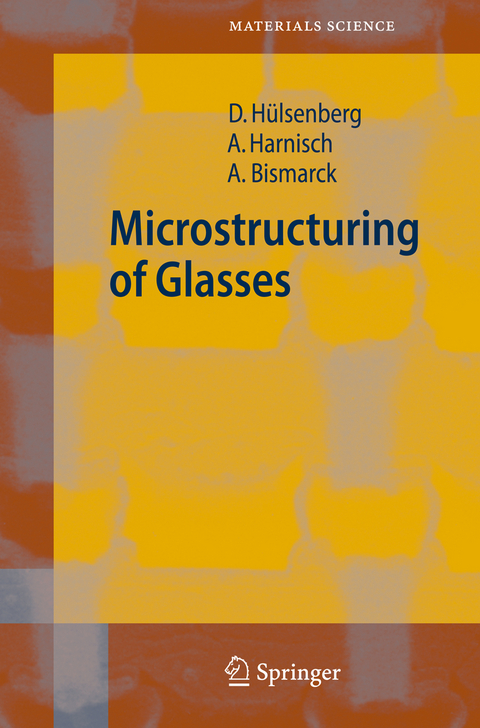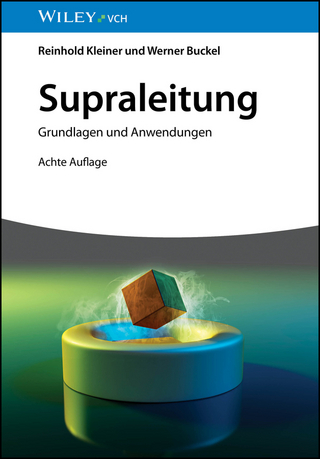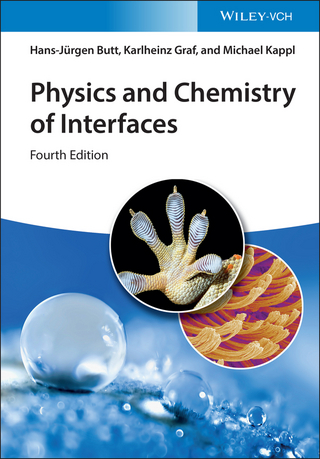
Microstructuring of Glasses
Springer Berlin (Verlag)
978-3-642-06571-2 (ISBN)
Microstructured glass has become increasingly important for microsystems technology. Its main applications include micro-fluidic systems, micro-analysis systems, sensors, micro-actuators, and implants. Because glass has distinct properties from silicon, PMMA, and metals, there are some applications that can only use glass devices. The main advantages of glass come from its amorphous nature. This is the first book that explains how to structure glass for micro and nanophotonic applications. It deals with various glass compositions and their properties and the interactions between glass and the electromagnetic waves used to modify it. The book also explores methods for influencing the geometrical microstructure of glass as well as methods to produce actual microdevices.
Fundamentals of Inorganic Nonmetallic Glasses and Glass Processing.- Silicate Glasses: A Class of Amorphous Materials.- Thermodynamic Phenomena in Glass.- Melting and Forming Glass Half Products for Microstructuring.- Geometrical Microstructuring of Glasses and Applications.- to Geometrical Microstructuring.- Mechanical Structuring Processes.- Chemical and Complex Structuring Processes.- Thermal and Thermomechanical Structuring Processes.- Microstructuring Glasses Using Lasers.- Geometrical Photostructuring.- Joining Methods for Glass Based Microdevices.- Properties and Selected Applications of Microstructured Glass Devices.
| Erscheint lt. Verlag | 30.11.2010 |
|---|---|
| Reihe/Serie | Springer Series in Materials Science |
| Zusatzinfo | XX, 326 p. |
| Verlagsort | Berlin |
| Sprache | englisch |
| Maße | 155 x 235 mm |
| Gewicht | 527 g |
| Themenwelt | Naturwissenschaften ► Physik / Astronomie ► Atom- / Kern- / Molekularphysik |
| Naturwissenschaften ► Physik / Astronomie ► Festkörperphysik | |
| Naturwissenschaften ► Physik / Astronomie ► Thermodynamik | |
| Schlagworte | Glass • Laser • Laser Treatment • Microstructural glass devices • Microstructuring of glasses • Microsystems technology • Photoform process |
| ISBN-10 | 3-642-06571-6 / 3642065716 |
| ISBN-13 | 978-3-642-06571-2 / 9783642065712 |
| Zustand | Neuware |
| Informationen gemäß Produktsicherheitsverordnung (GPSR) | |
| Haben Sie eine Frage zum Produkt? |
aus dem Bereich


